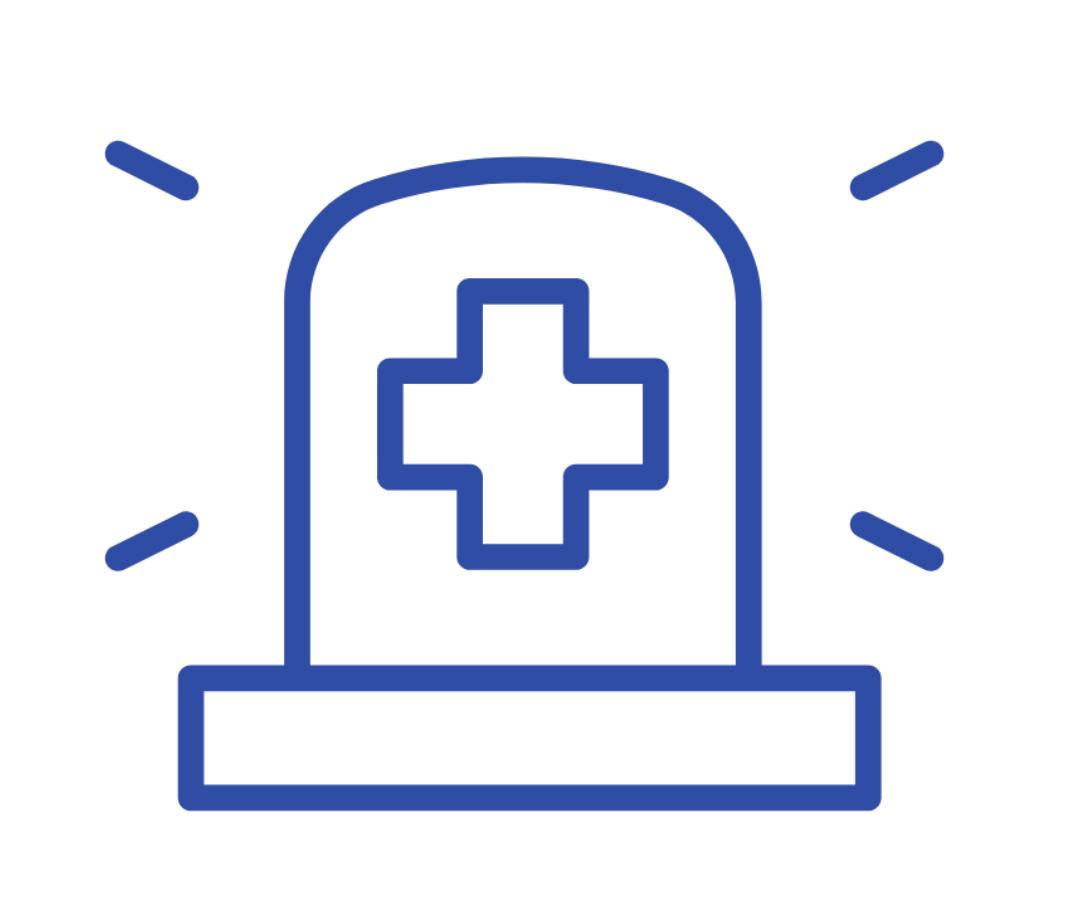
Crisis Standards of Care & Resource Allocation
Resources for Hospitals & Clincians

Allocation of Scarce Critical Care Resources During a Public Health Emergency
The purpose of this document is to provide guidance for the triage of critically ill patients in the event that a public health emergency creates demand for critical care resources (e.g., ventilators, critical care beds) that outstrips the supply. These triage recommendations will be enacted only if: 1) critical care capacity is, or will shortly be, overwhelmed despite taking all appropriate steps to increase the surge capacity to care for critically ill patients; and 2) a regional authority has declared a public health emergency.

Guidance for Decisions Regarding Cardiopulmonary Resuscitation
This guidance on offering cardiopulmonary resuscitation (CPR) during the COVID19 pandemic was prepared by Scott Halpern and colleagues at Penn as well as Dr. Doug White at the University of Pittsburgh, in an effort to promote a nationally standardized approach to these difficult decisions. It has been adopted by hundreds of hospitals around the world.

CHIME, A Tool for COVID-19 Capacity Planning
Gary Weissman, George Anesi, Scott Halpern & Andrew Crane-Droesch with the Penn Data Science team developed the COVID-19 Hospital Impact Model for Epidemics (CHIME), a forecasting app to assist in planning for patient surge. CHIME allows hospitals to enter information about their population and modify assumptions around the spread and behavior of COVID-19. These projections can then be used to create best- and worst-case scenarios to assist with capacity planning. The team also published their findings in the Annals of Internal Medicine.
We generate high-quality evidence to advance healthcare policies and practices that improve the lives of all people affected by serious illness.
Website designed & built by P'unk Avenue